The Championship made many of the headlines over the weekend given that Norwich City and Sheffield United are due to return to the Premier League next season. An emphasis was placed on the models these clubs operate that allowed them to challenge for promotion in a very competitive league. While Norwich have recruited internationally, the Sheffield United squad is drawn solely from the UK and Republic of Ireland talent pool. Their promotion is good news for the Republic as these players may line out in the Premier League next season.
The chart below plots the average market value of each Championship squad according to their current position. These positions might change somewhat over the next few weeks. The issues with Birmingham and Bolton also alter their position. The valuation data is sourced from Transfermarkt.com.
Norwich and Sheffield United have both performed well considering the estimated value of the squad which I’m considering a proxy for expected performance. Reliable salary data is not accessible. Norwich have an average market value of £2.04m and Sheffield United have an average market value of £1.65m. That’s the same as Reading who are currently 20th.
West Brom, Aston Villa and maybe Middlesbrough will make the playoffs. This is not entirely surprising given the average value of their squad. Stoke are a clear outlier. They are currently 16th with the highest average market value of £5.02m. Another team with a strong Irish influence, Preston North End, are overachievers. They are currently 12th with an average value of only £726k.
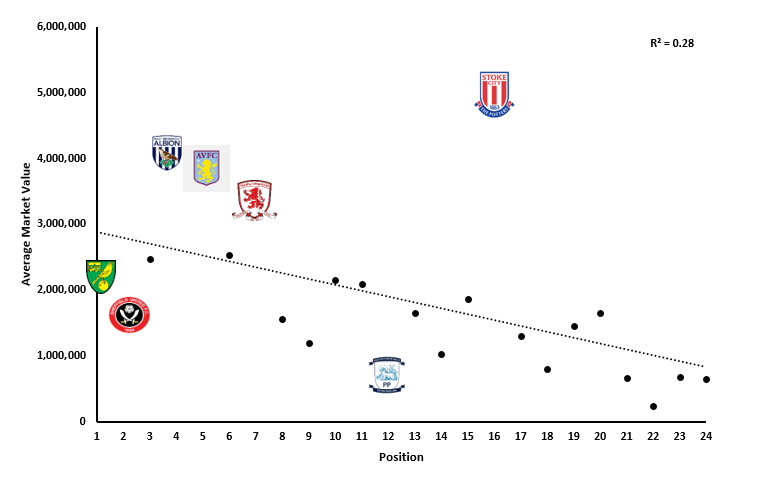



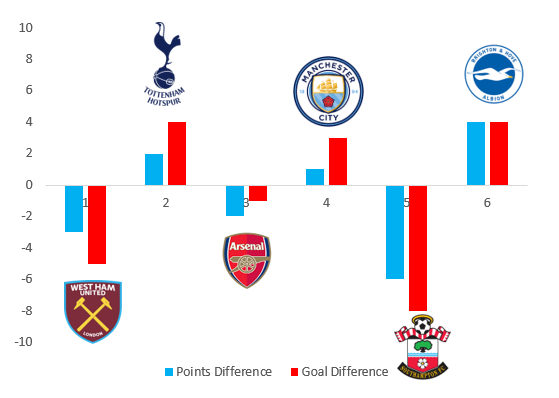
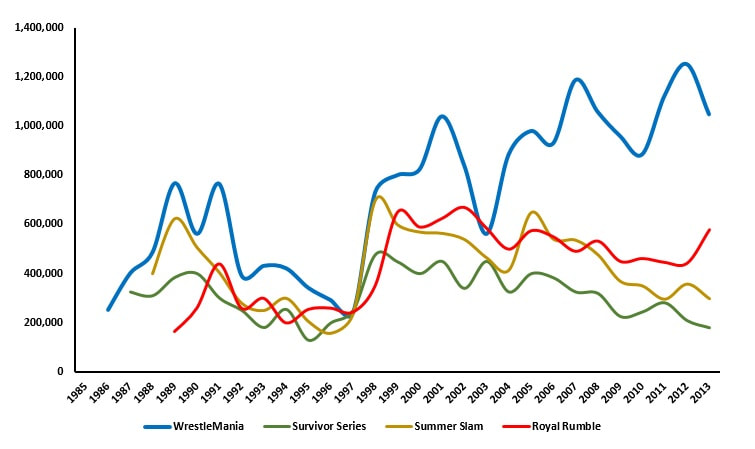
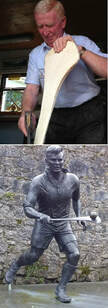
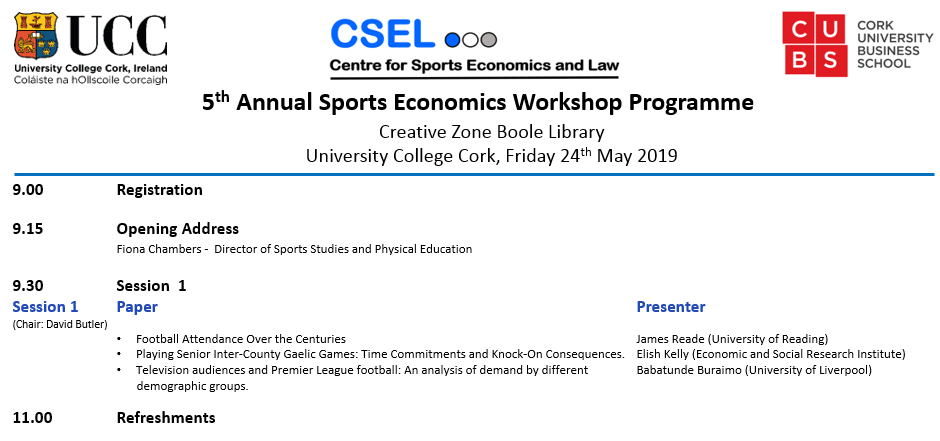
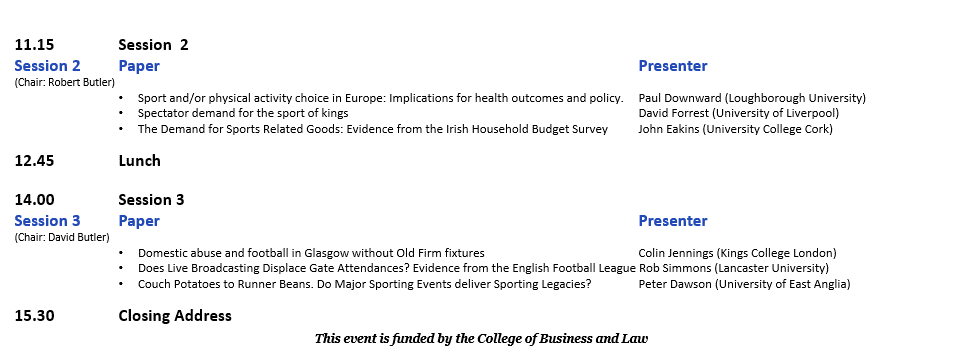


 RSS Feed
RSS Feed